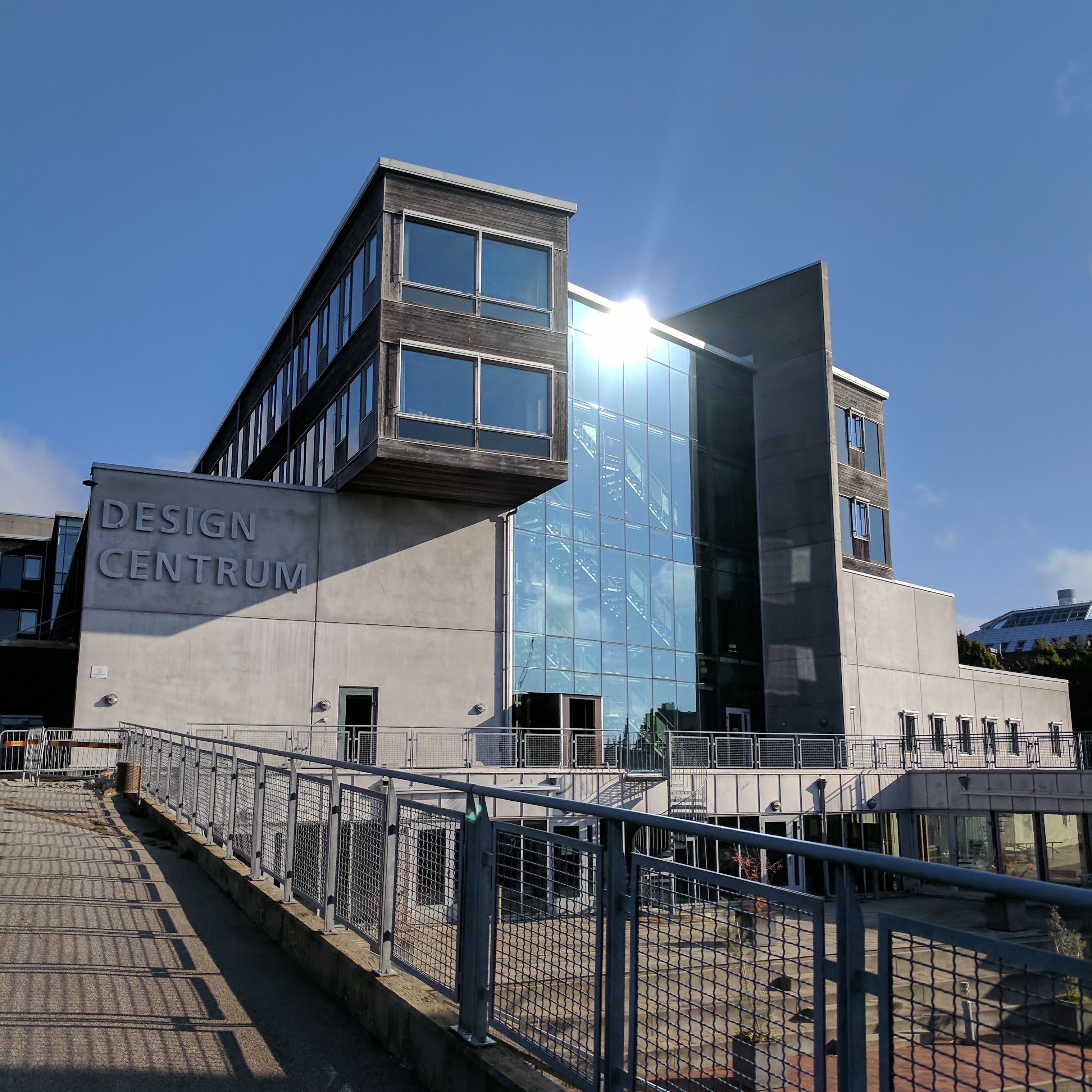History

In 1995 a new programme of study “Design Education” was established at the Faculty of Engineering (LTH). In 1999, with strong financial support from the IKEA Stichting Foundation, the program was expanded from 15 to 30 places in the 5 year program and, in 2002, students were housed in the newly built design center. Ingvar Kamprad (founder of IKEA) expressed that the new industrial design programme aimed to be the bridge between aesthetics and technology.
In 2007 the programme was divided into the 3+2 years format that exists today. The Swedish three-year Bachelor’s Programme yields a Bachelor of Arts in Industrial Design, after which students can continue their studies by applying to the Master’s Programme. The two-year, international Master’s Programme would yield a Master of Fine Arts in Industrial Design.
In 1995 a new programme of study “Design Education” was established at the Faculty of Engineering (LTH). Upon completion, students were awarded a “Konstnärlig högskoleexamen i konst och design, 270 hp” “Master of Industrial Design.”
In 1999 the programme was revised and renamed “The Industrial Design Programme”. Students received the same degree but then based on 300 higher education credits. A 30-credit compulsory course, Practical External Training, was added to the curriculum. The number of students admitted was increased by 15 and 30 places were planned for the 5-year programme starting in 1999. This was made possible by strong financial support from the IKEA Stichting Foundation. The motivation for the donation as expressed by Ingvar Kamprad was that the new industrial design programme aimed to be the bridge between aesthetics and technology. Thanks to the donation the students were housed in a new design building, inaugurated in 2002.
In November 2004 as a result of the Bologna Declaration, the Board of Education for the Industrial Design Programme applied to the Board of LTH for permission to divide the programme into a 3-year Bachelor and a 2-year Master’s Programme. At the time there were several government commissions working on the implementation of the Bologna Agreement. The Board of LTH decided to wait for new general implementation directives. The governmental proposition entitled Ny värld – ny högskola suggested that the existing degree “konstnärlig högskoleexamen i konst och design” should be discontinued. On 1 January 2007 the old degree was repealed and the new general degrees “konstnärlig kandidat” and “konstnärlig master” were adopted.
On 29 May 2008 after the evaluation of the original five-year Industrial Design Education and validation of the new three-year Bachelor’s Programme, the vice chancellor of Lund University announced the establishment of a new educational programme of 180 higher education credits leading to a Bachelor of Arts in Industrial Design.
In autumn 2007, the first students were accepted into this programme, graduating in the spring of 2010. Students could then choose to apply to the two-year Master’s Programme.